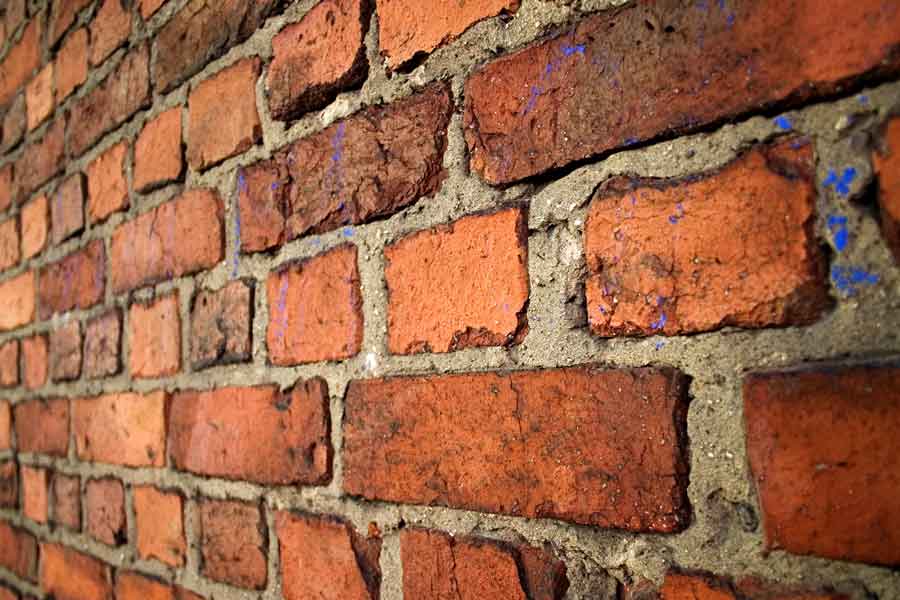
How to Stop Water Ingress Through Brickwork
Water ingress through brickwork can be a persistent issue for homeowners, especially in areas prone to heavy rainfall. If left unchecked, water ingress can lead to serious structural damage, including mould, damp, and deterioration of the brickwork itself. In this guide, we’ll explore the best methods to stop water ingress through brickwork and protect your home.
- Introduction
- Identifying Water Ingress
- Methods to Prevent Water Ingress
- External Wall Repairs
- Sealants and Waterproofing
- Improving Drainage Around the House
- Installing Wall Flashing
- Professional Water Leak Detection
- Long-term Maintenance
Identifying Water Ingress
Signs of Water Ingress
Before addressing water ingress, it’s crucial to identify its presence. Common signs include:
- Damp patches on interior walls or floors.
- Mould growth, particularly in corners or near windows.
- Efflorescence—white salt deposits on brickwork.
- Peeling paint or wallpaper, especially in older houses.
Common Causes of Water Ingress
Water ingress is typically caused by a combination of factors. Some of the most common include:
- Poorly maintained or damaged brickwork.
- Failed pointing, allowing water to penetrate the mortar joints.
- Lack of adequate drainage around the house, leading to pooling water near the walls.
- Defective gutters or downpipes that direct water toward the building.
Methods to Prevent Water Ingress
External Wall Repairs
The first line of defense against water ingress is maintaining the exterior of your brick walls. If cracks or gaps are present in the brickwork, water can easily seep into the house. Here’s how you can repair and maintain your brick walls:
- Repointing: Repointing involves removing damaged mortar from the joints and replacing it with fresh mortar. This seals gaps and prevents water from entering.
- Crack repairs: Use a good quality brickwork filler to seal any cracks or holes in the bricks themselves.
Sealants and Waterproofing
Another effective way to stop water ingress is by applying sealants or waterproof coatings to the exterior walls. Waterproof sealants create a barrier on the surface of the brickwork that repels water but still allows the wall to “breathe,” preventing moisture from being trapped inside.
- Use a silicone-based water repellent that can penetrate the bricks and form a protective layer.
- Ensure the walls are thoroughly cleaned and dry before applying any sealant.
Improving Drainage Around the House
Poor drainage can lead to water pooling at the base of your walls, which increases the risk of water ingress. To mitigate this:
- Install French drains: These are trench drains filled with gravel or rock that help divert water away from the building.
- Ensure gutters and downpipes are functioning: Regularly clean and inspect your gutters and downpipes to prevent blockages that may direct water toward your house.
Installing Wall Flashing
Wall flashing is a thin material installed at the joints of the house to prevent water from entering. This is particularly useful in areas prone to high rainfall or where the exterior walls are exposed to heavy weather.
- Install flashing along the roofline, windows, and door frames to create a barrier that redirects water away from the building.
- Ensure flashing is made from durable materials like copper or aluminum for long-lasting protection.
Professional Water Leak Detection
Sometimes, water ingress is caused by hidden leaks that are difficult to identify on your own. In these cases, it’s best to call a professional water leak detection service. Using advanced tools like thermal imaging and acoustic sensors, they can accurately pinpoint the source of the water leak, whether it’s in the house walls, floors, or even under the foundation. Professional services help ensure the leak is detected and repaired before significant damage occurs.
Long-term Maintenance
Maintaining your house against water ingress involves more than one-off repairs. Here are some tips for long-term maintenance:
- Regularly inspect the external walls for signs of damage or wear.
- Keep your gutters and drainage systems clear and functional.
- Reapply waterproofing sealant every few years to ensure the barrier remains effective.
- Address any water ingress issues as soon as they’re identified to prevent further damage.
Water ingress through brickwork is a serious concern that can lead to long-term damage to your home if not addressed. By following the steps outlined above such as repairing external walls, applying waterproof sealants, improving drainage, and using professional water leak detection services you can effectively stop water from entering your home.
Regular maintenance and attention to potential weak points in your house’s structure are key to preventing future issues.
